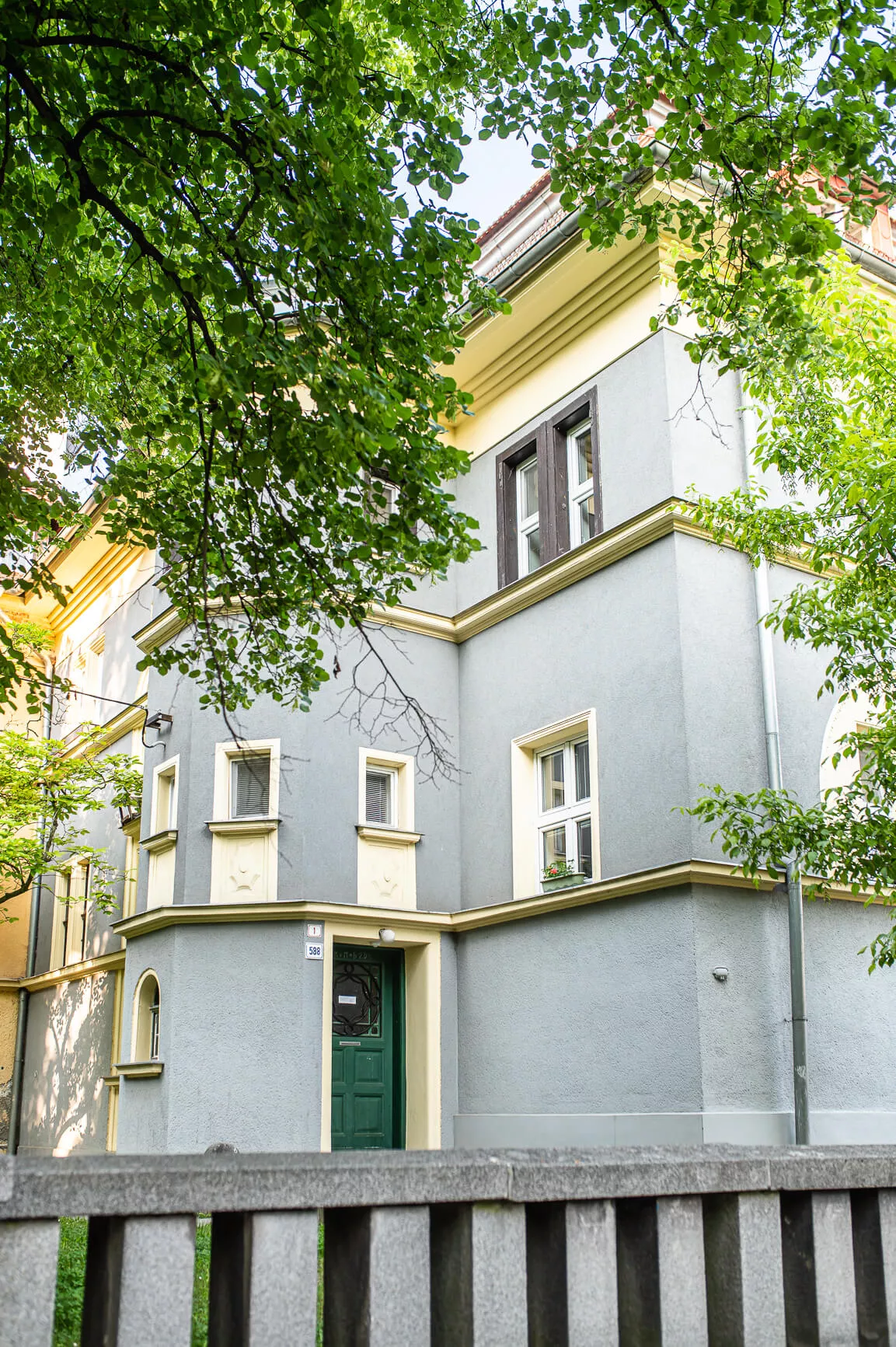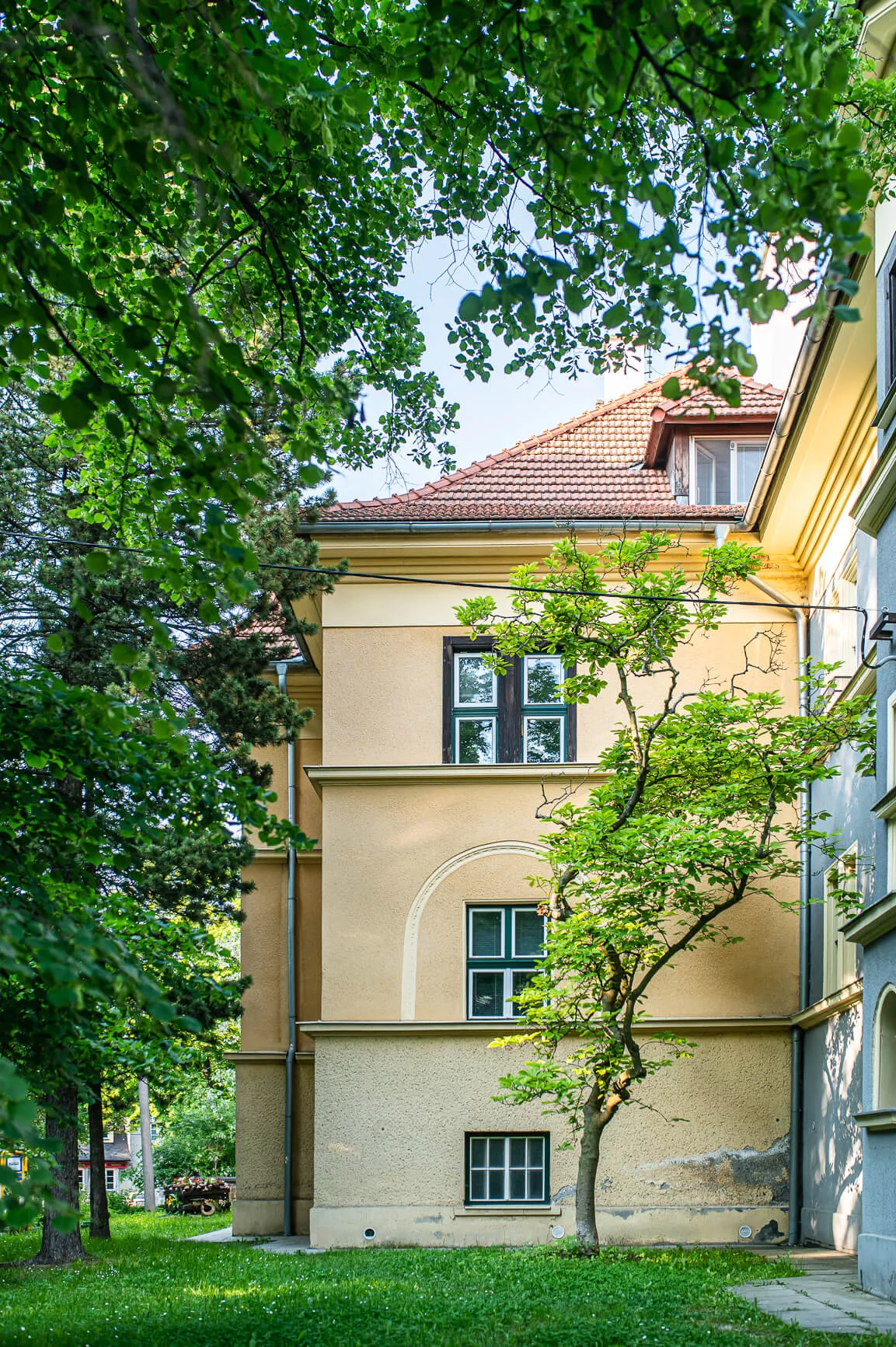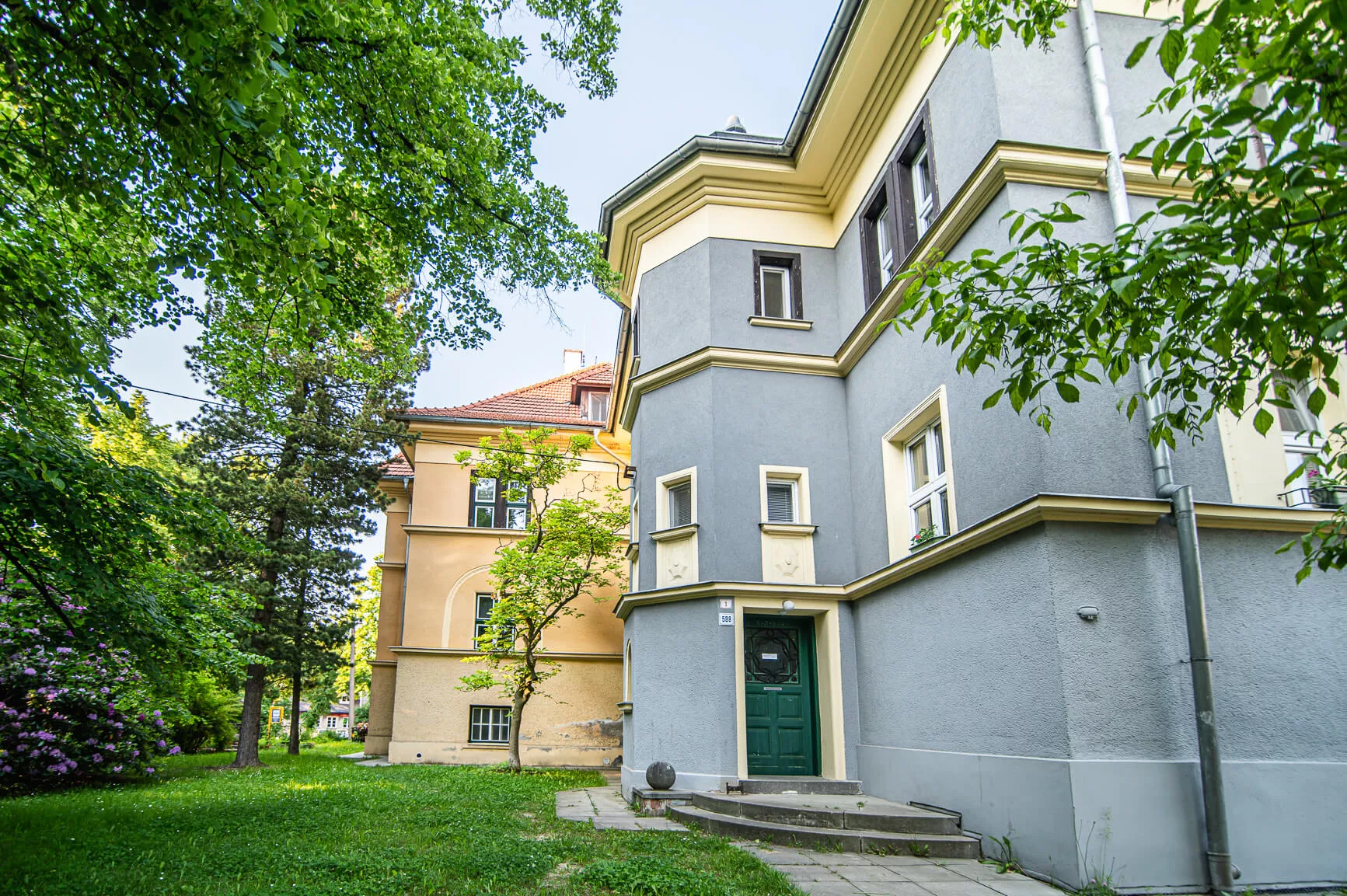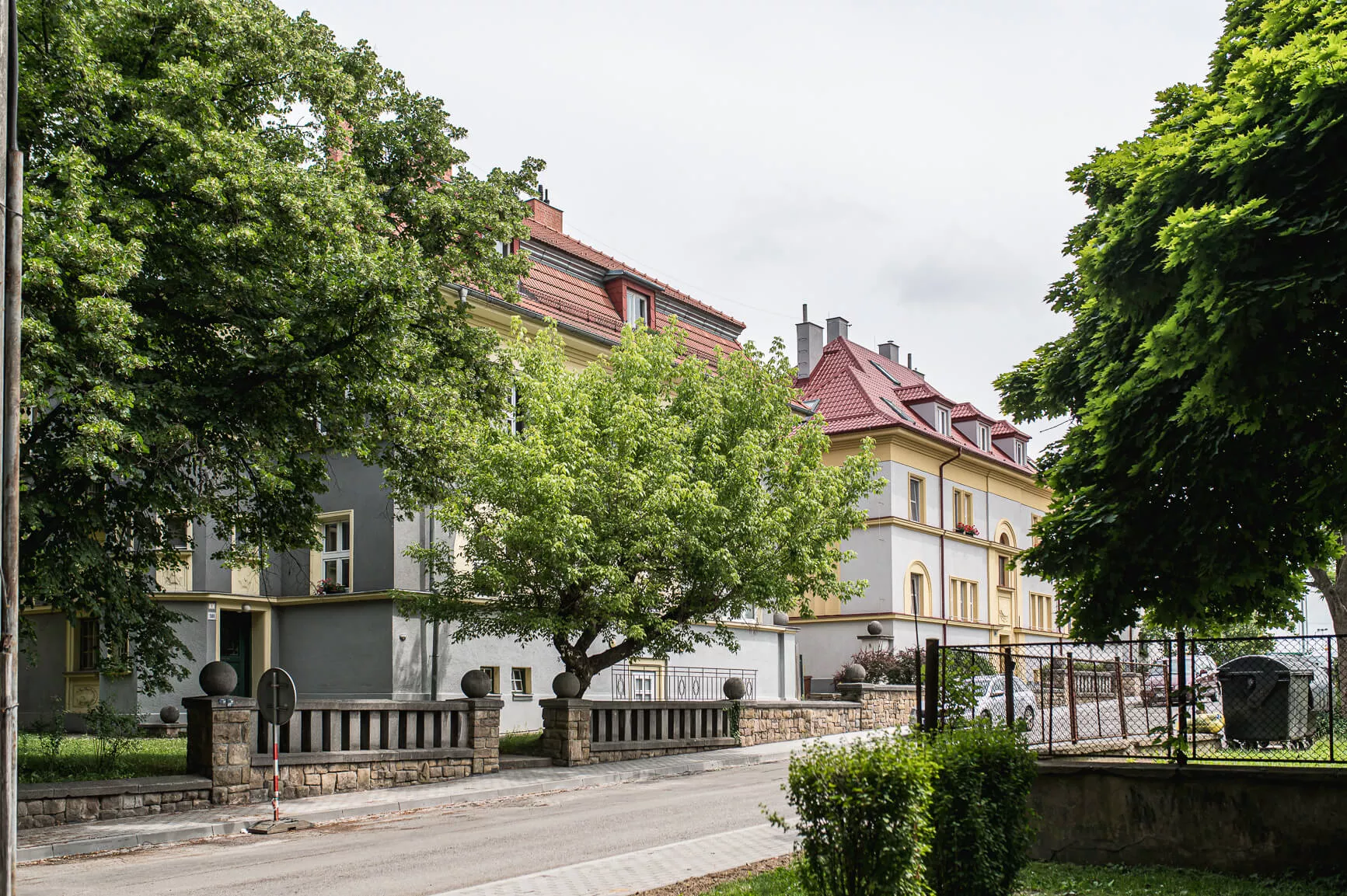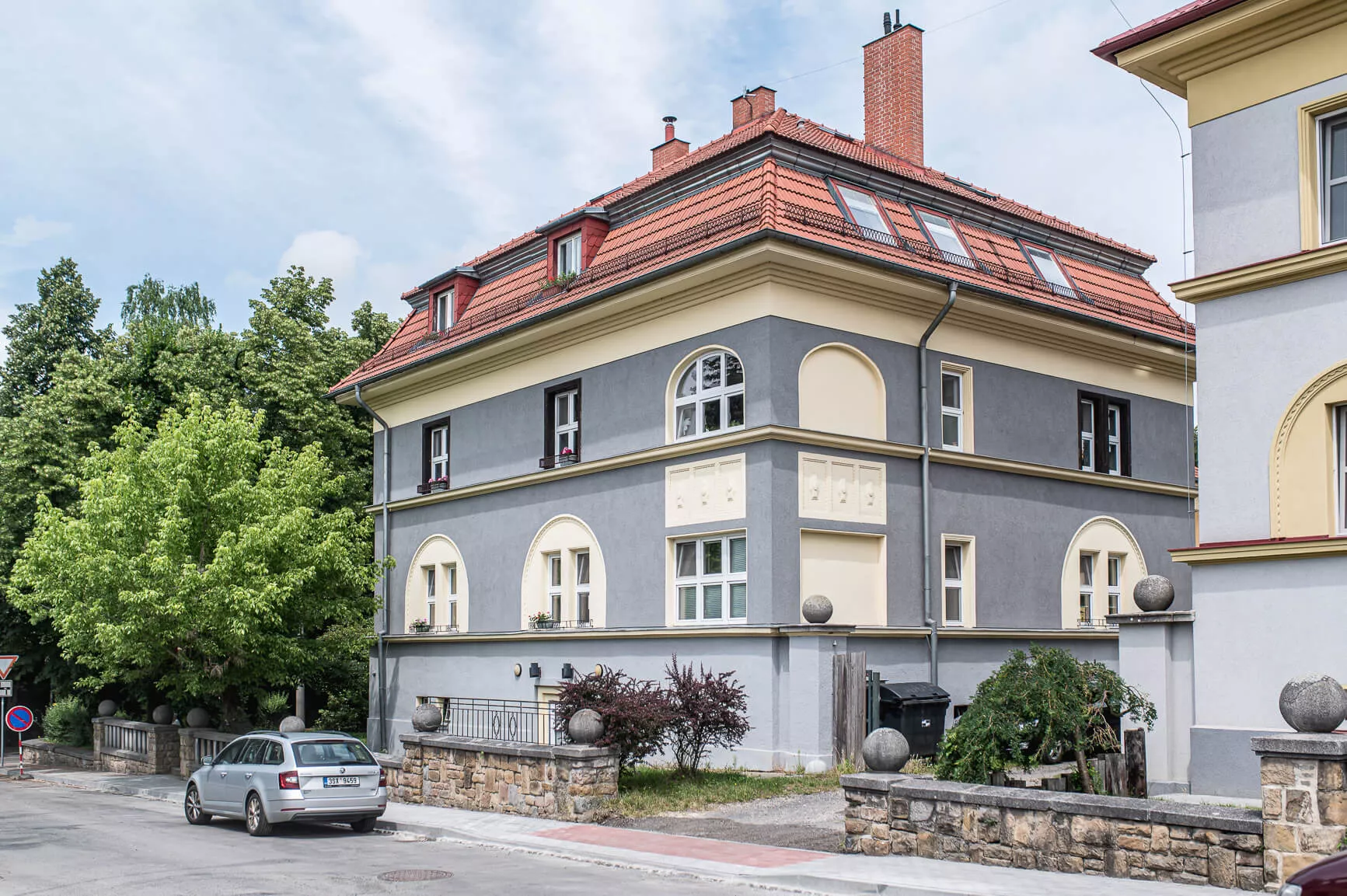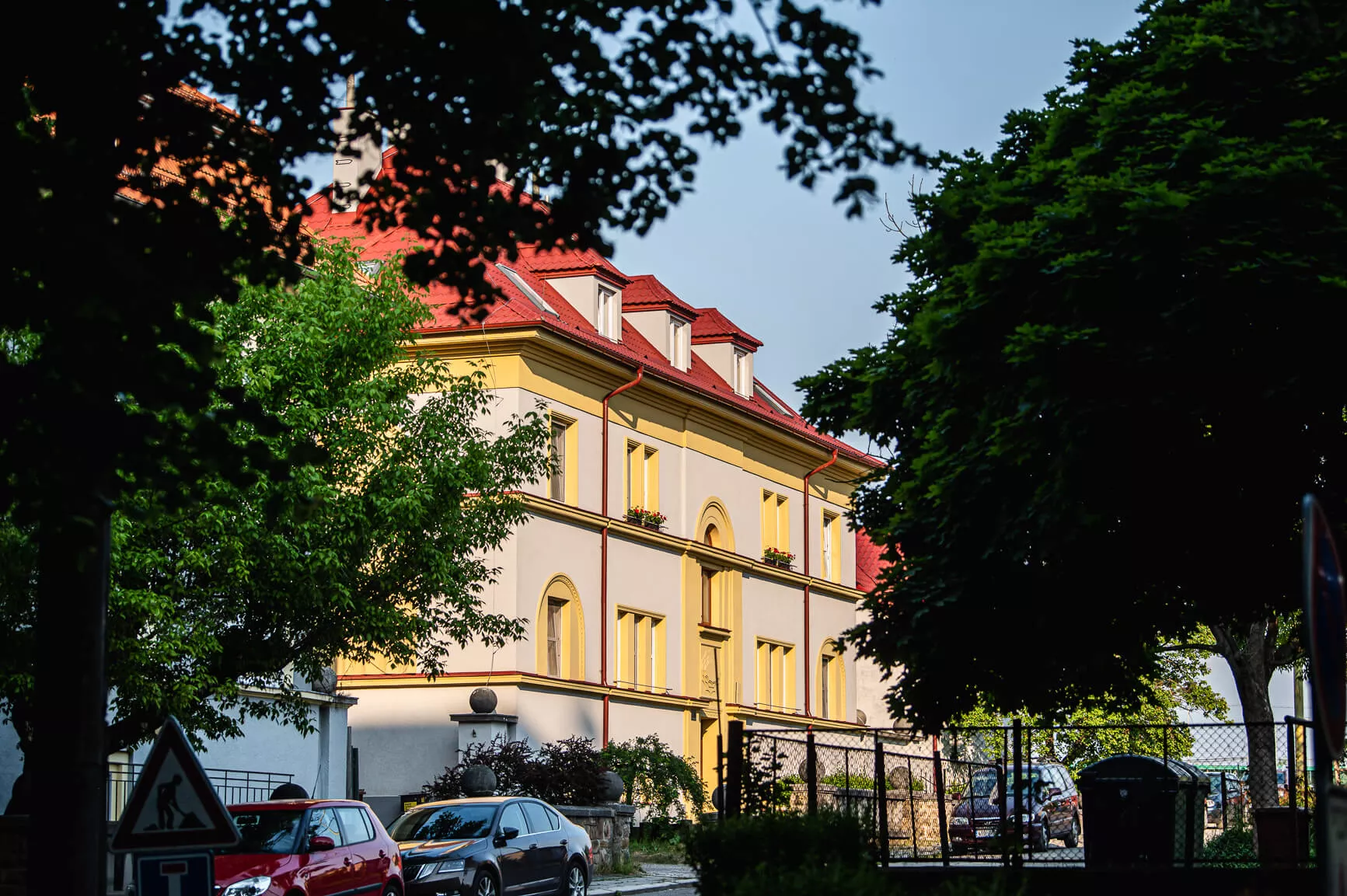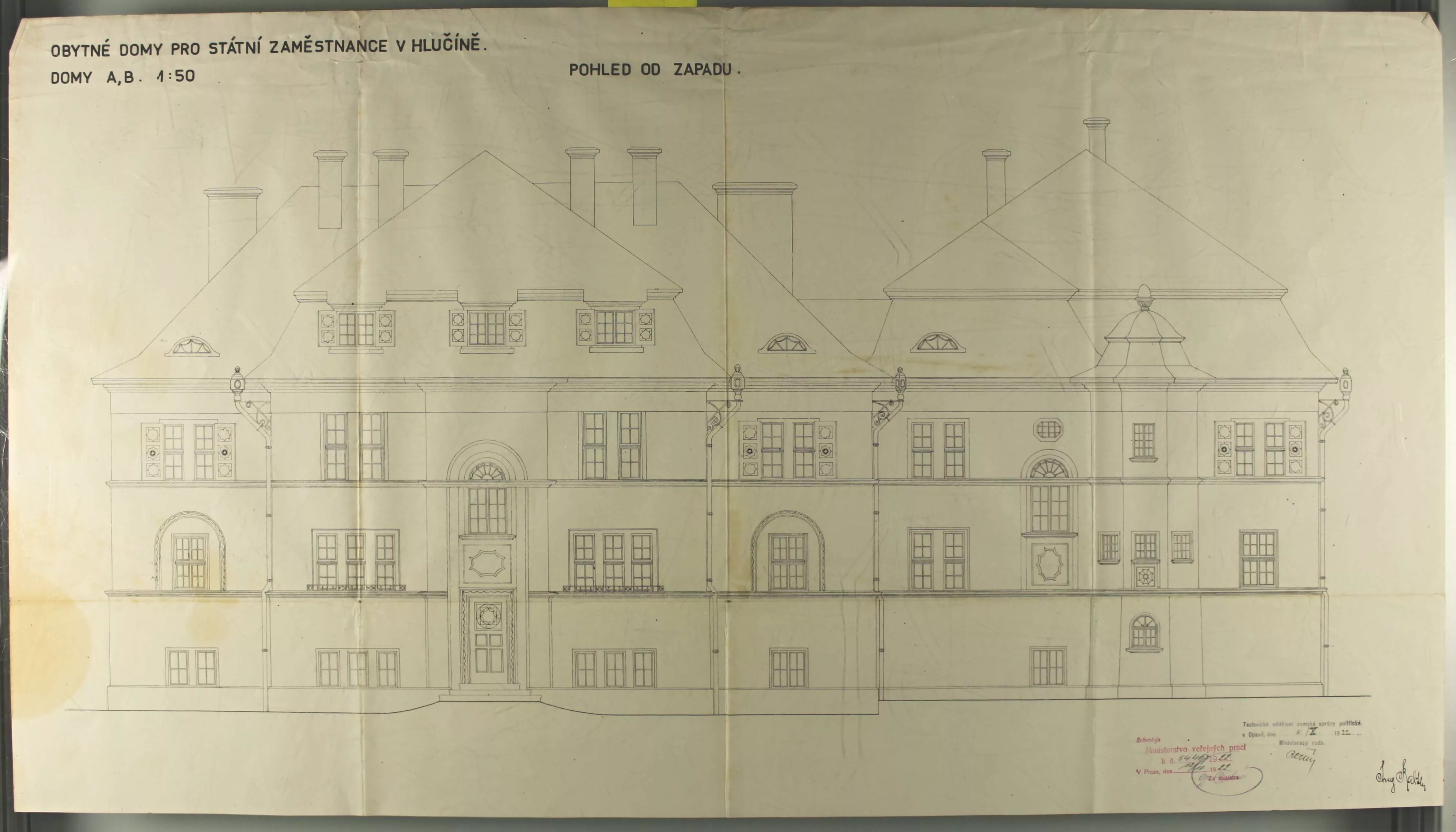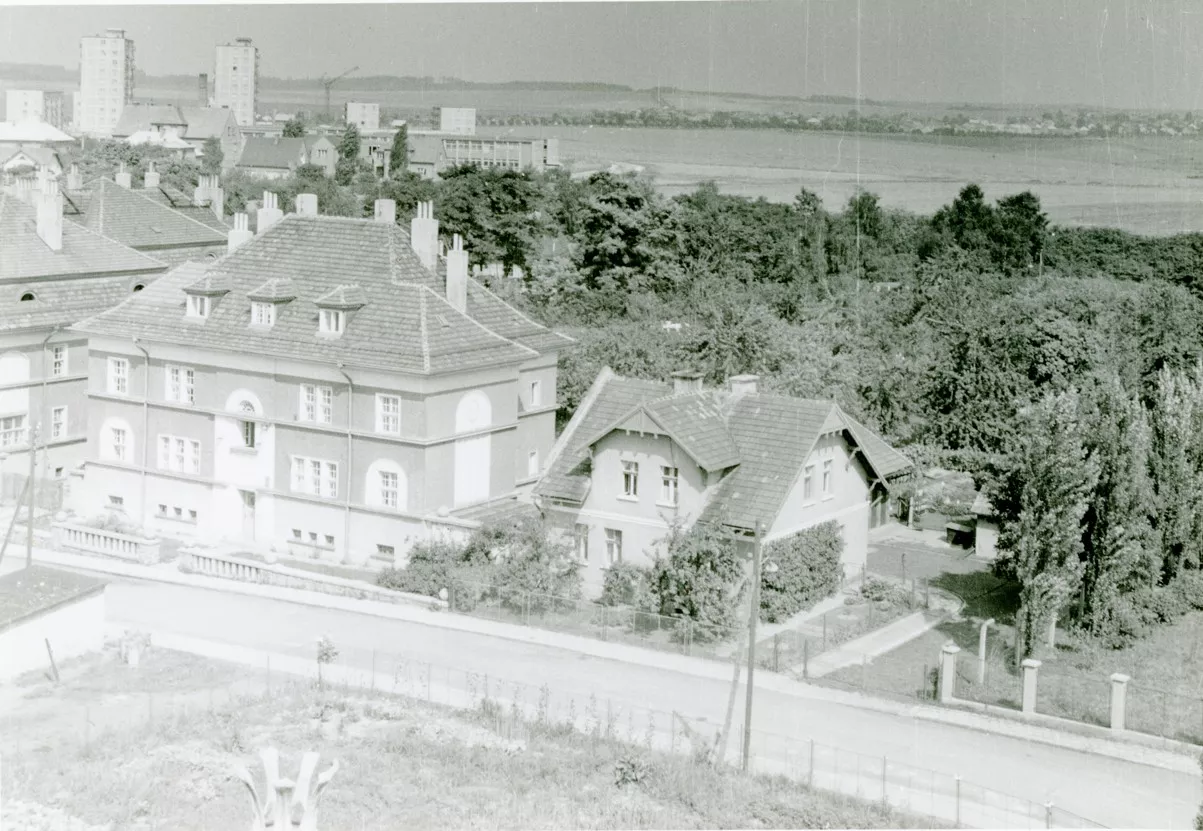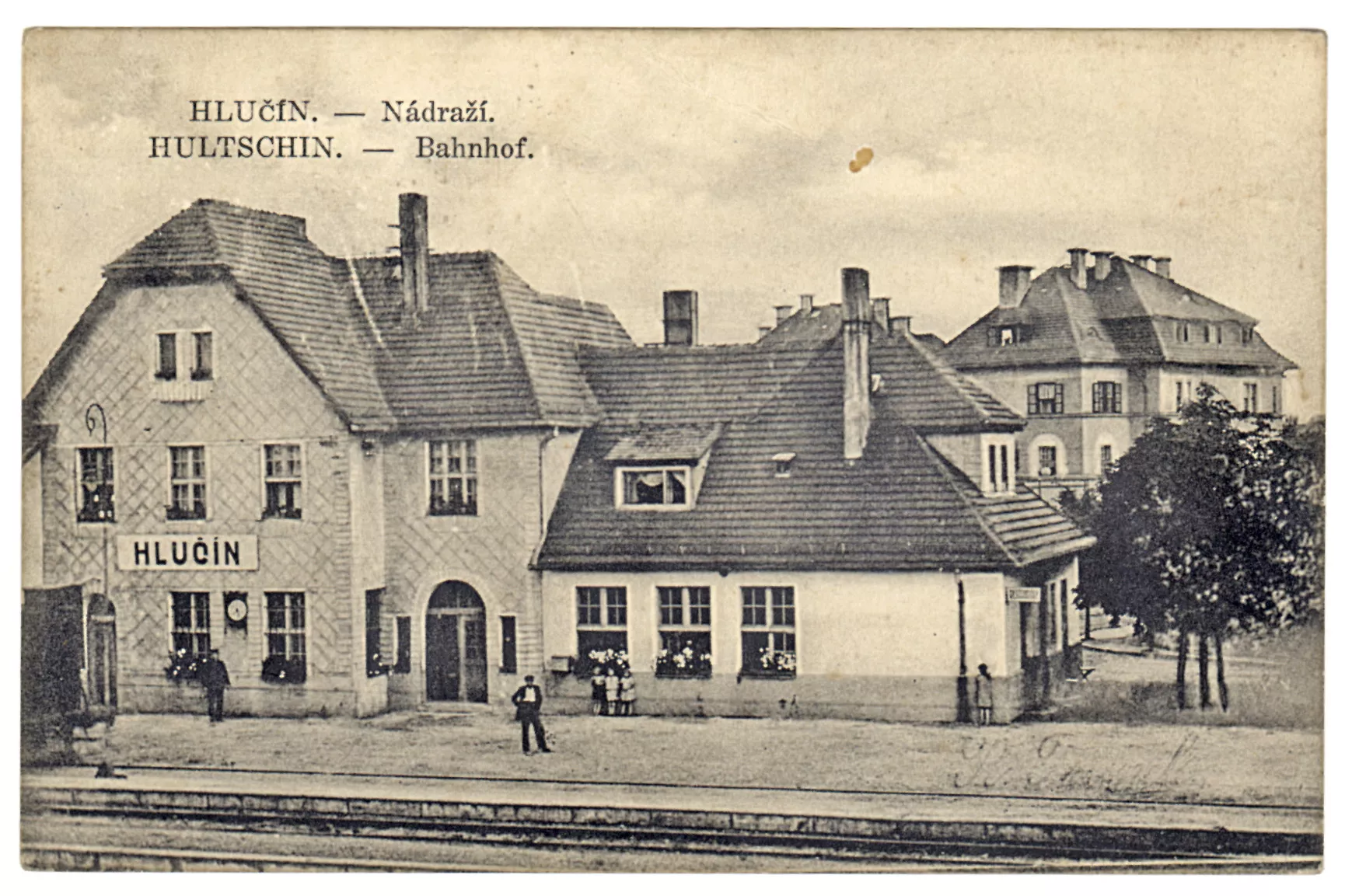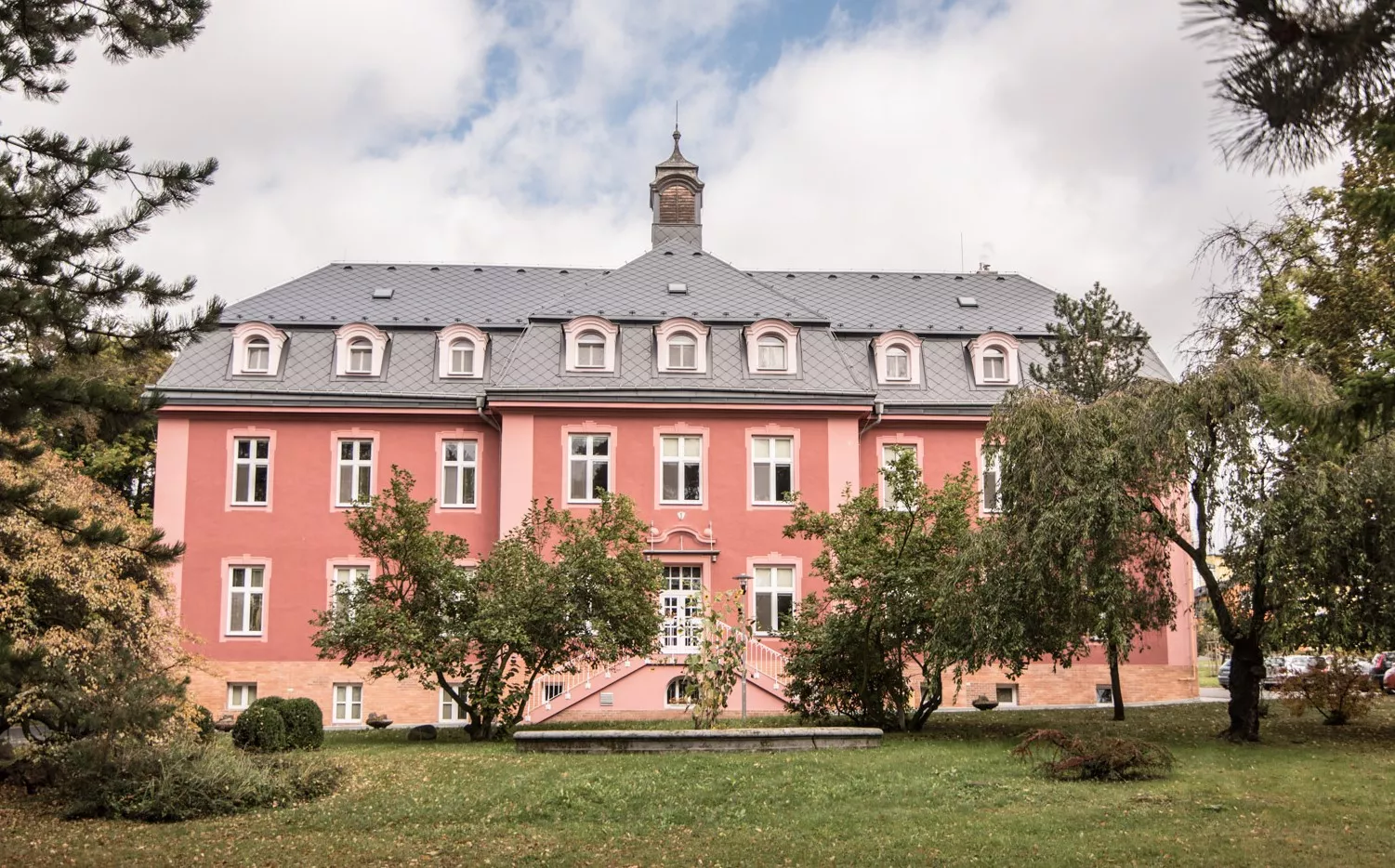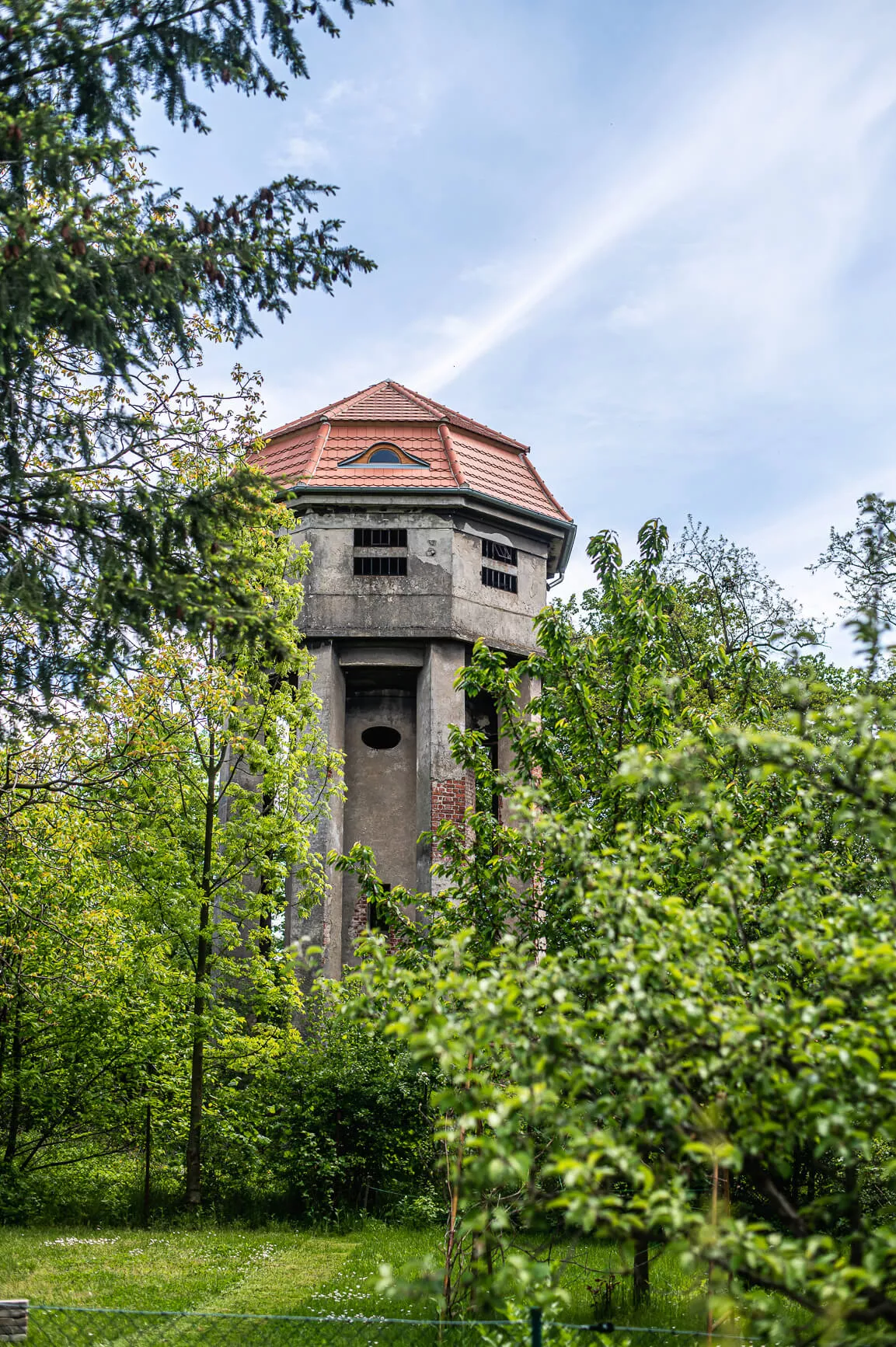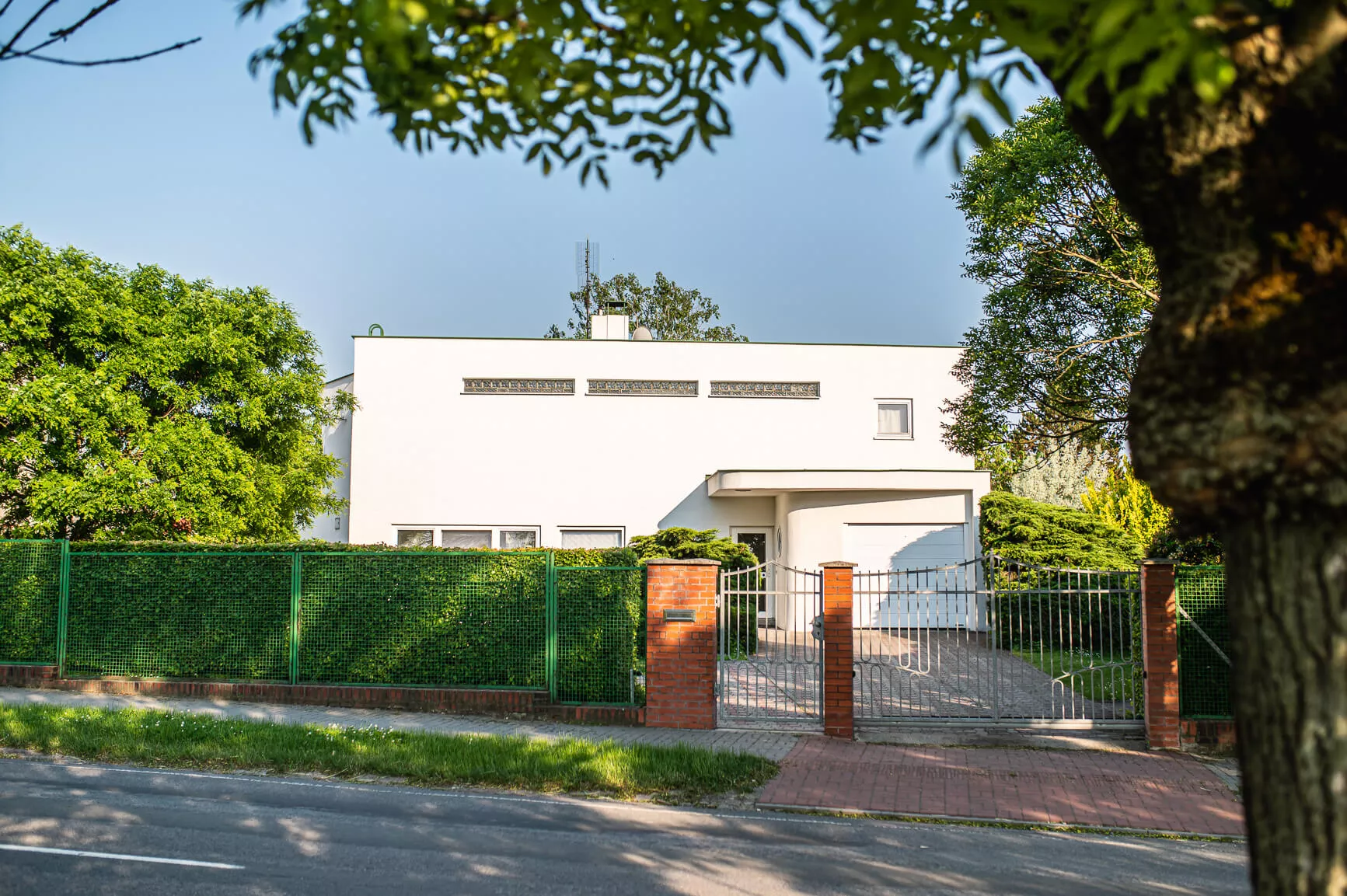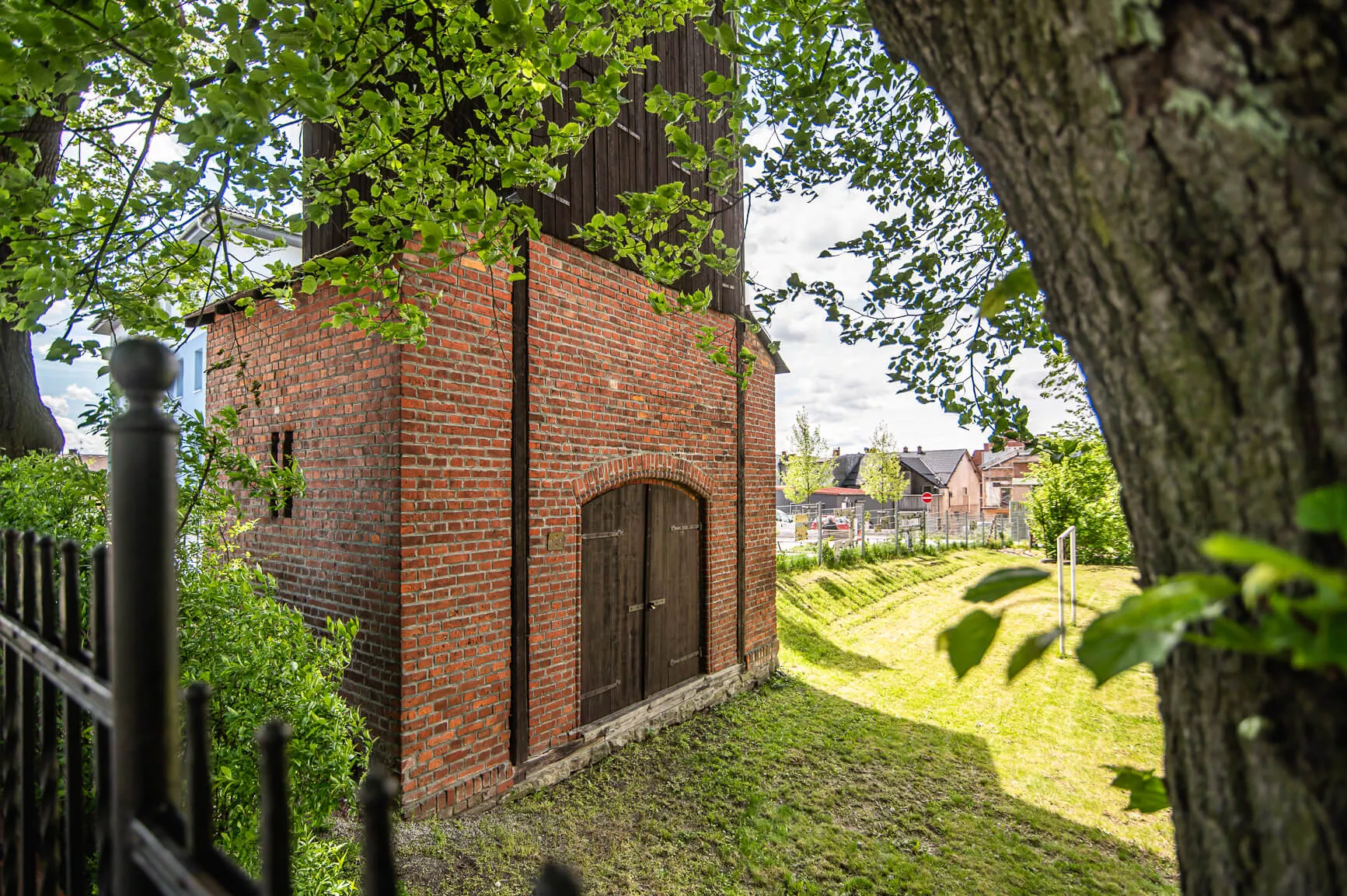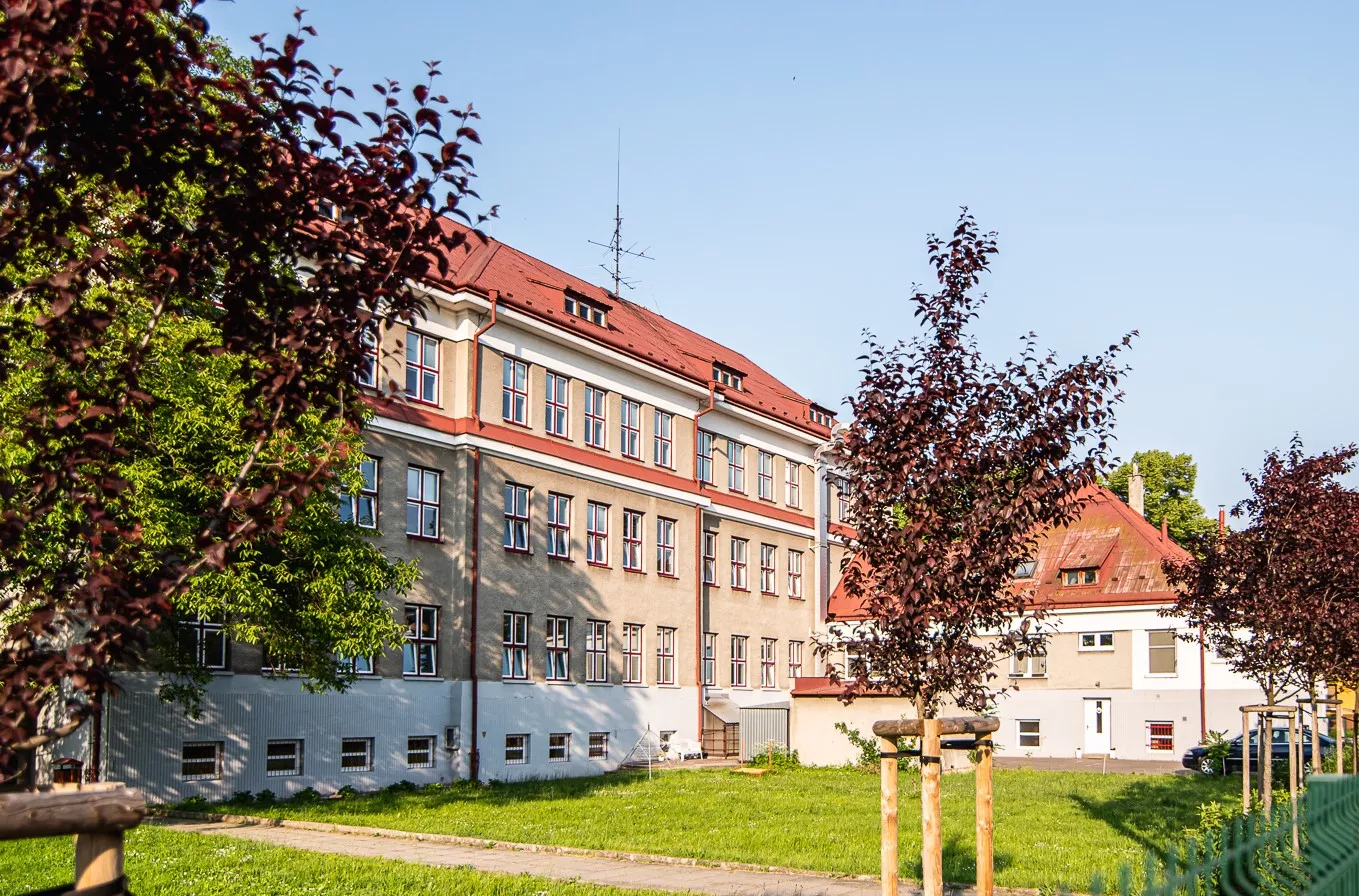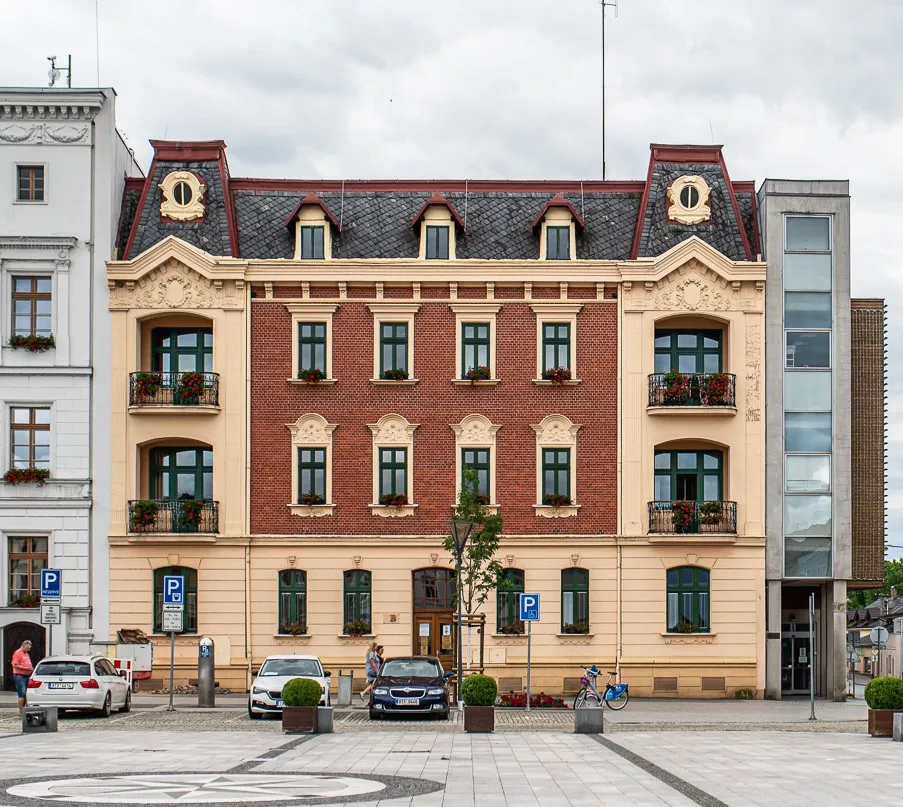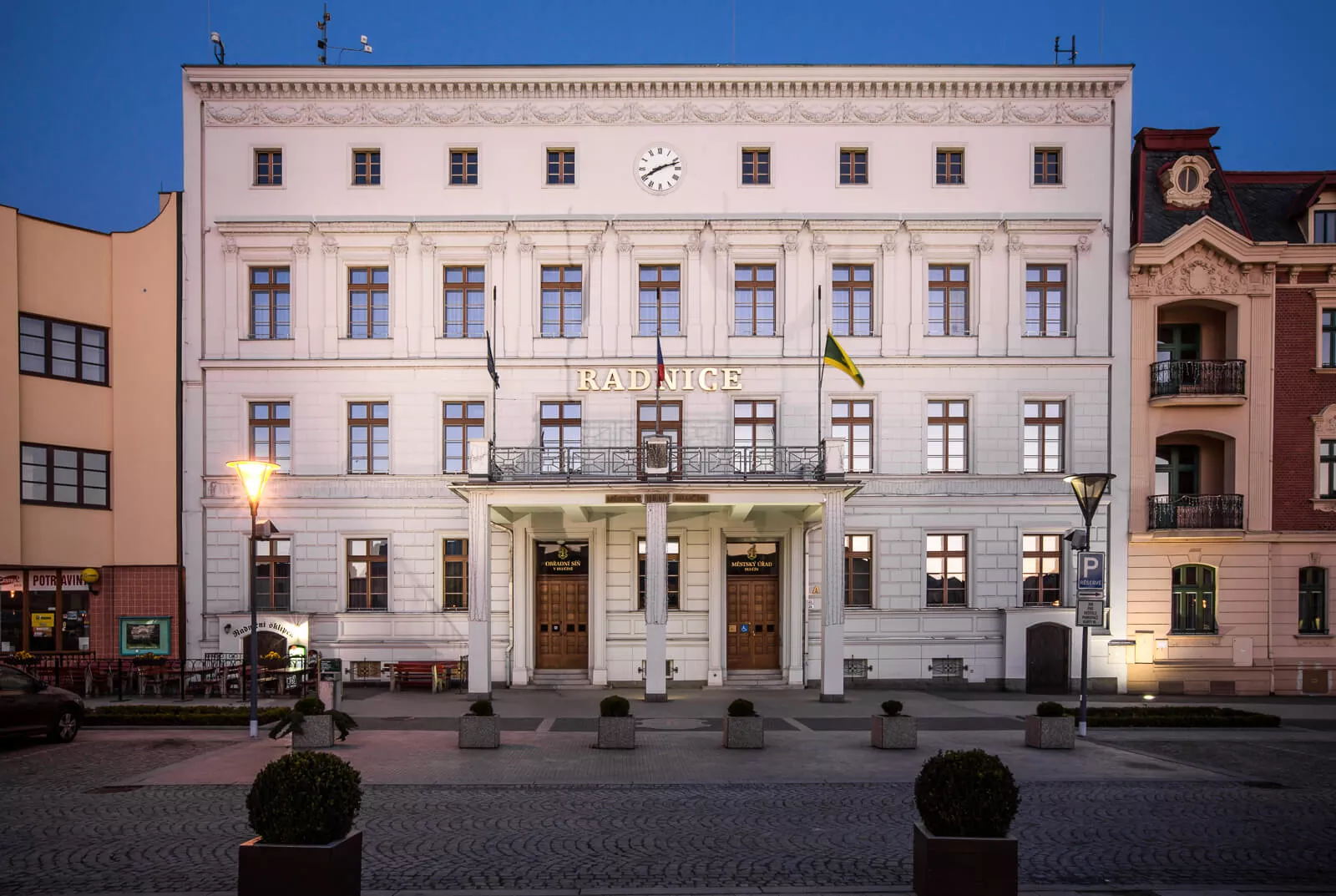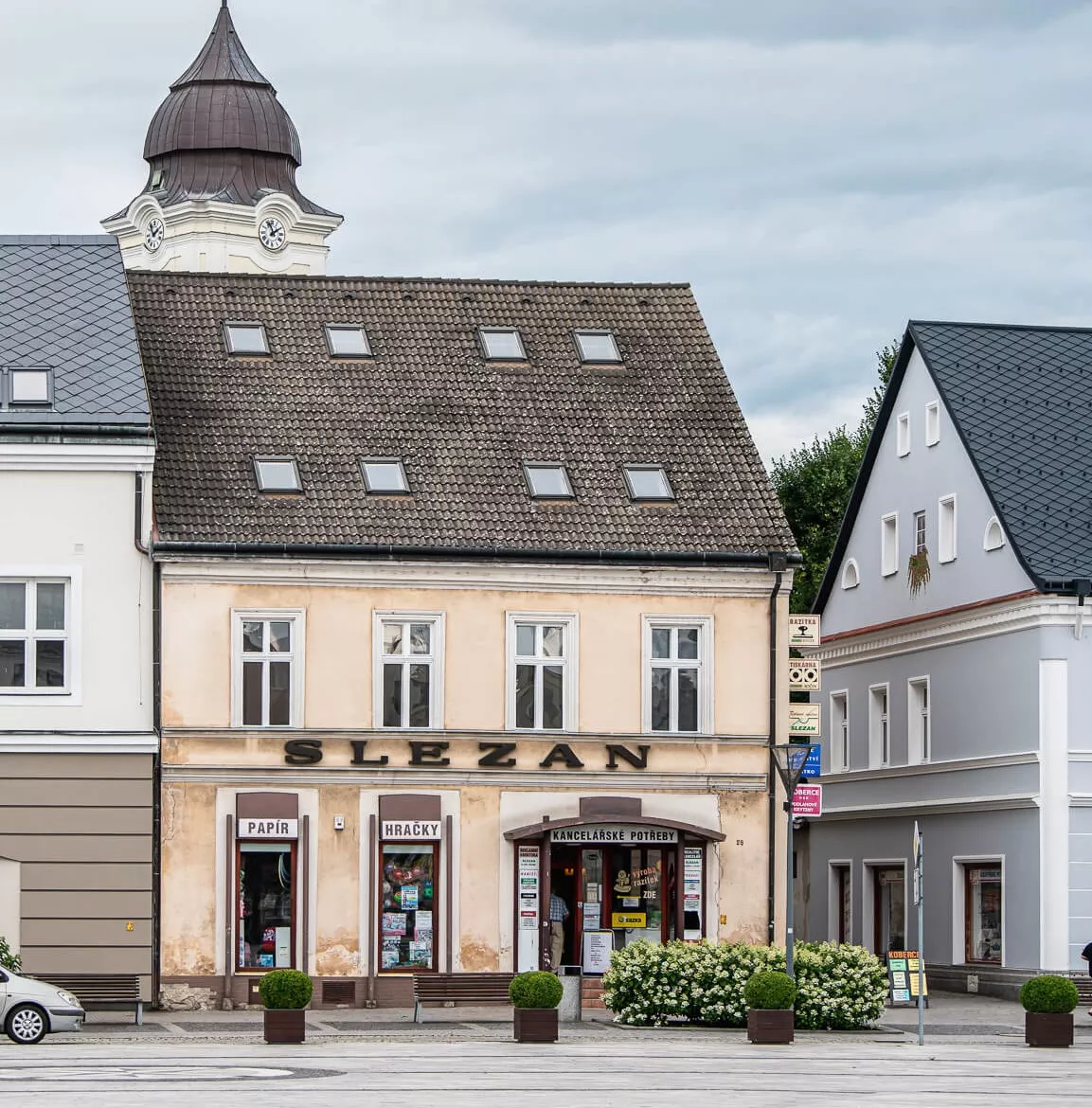The incorporation of the Hlučín region into Czechoslovakia resulted in the creation of the new Hlučín administrative district. It was decided that the town would become a seat of state administration institutions such as the district authority, court, and revenue office. Civil servants at existing institutions were completely replaced, and Czech teachers were appointed to the new Czech schools. Most newcomers came from the Moravian hinterland, and suitable housing had to be provided for them. At first, the town sought temporary solutions by providing flats in Dean Richter’s institute and in the former customs house, which had become redundant after 1920. Soon, however, construction began on three apartment buildings for state employees in Nádražní Street, opposite the new grammar school. A complex for the Czech primary school and the district governor’s office was also planned nearby.
It is a striking paradox that this group of buildings to house Czechoslovak officials was designed in the spirit of the German Heimatstil. Their architect, Hans Kalitta (1876–1930), was a German from Opava and chief building officer at the provincial authority there. Parallel to this, he was constructing a similar complex on Kylešov Hill in Opava. The symmetrically composed two-storey houses with mansard and hipped roofs have façades rendered in rough plaster, while the decorative features stand out in smooth plaster or stucco. Frequent motifs include semicircular arches framing the windows and sculpted cartouches. The storeys are divided by pronounced string courses beneath the windows. Decorative wrought-iron railings with ornamental patterns appear throughout, echoed in the window parapets and the grilles of entrance doors. The residential compound is enclosed by a stone wall topped with ornamental spheres.
At the corner of Benešova and Zahradní Streets, another apartment building for state employees was erected between 1932 and 1933. Its designer, the distinguished Brno architect Oskar Poříska (1897–1982), conceived it in the restrained spirit of Functionalism, free of historical references or decorative motifs.

